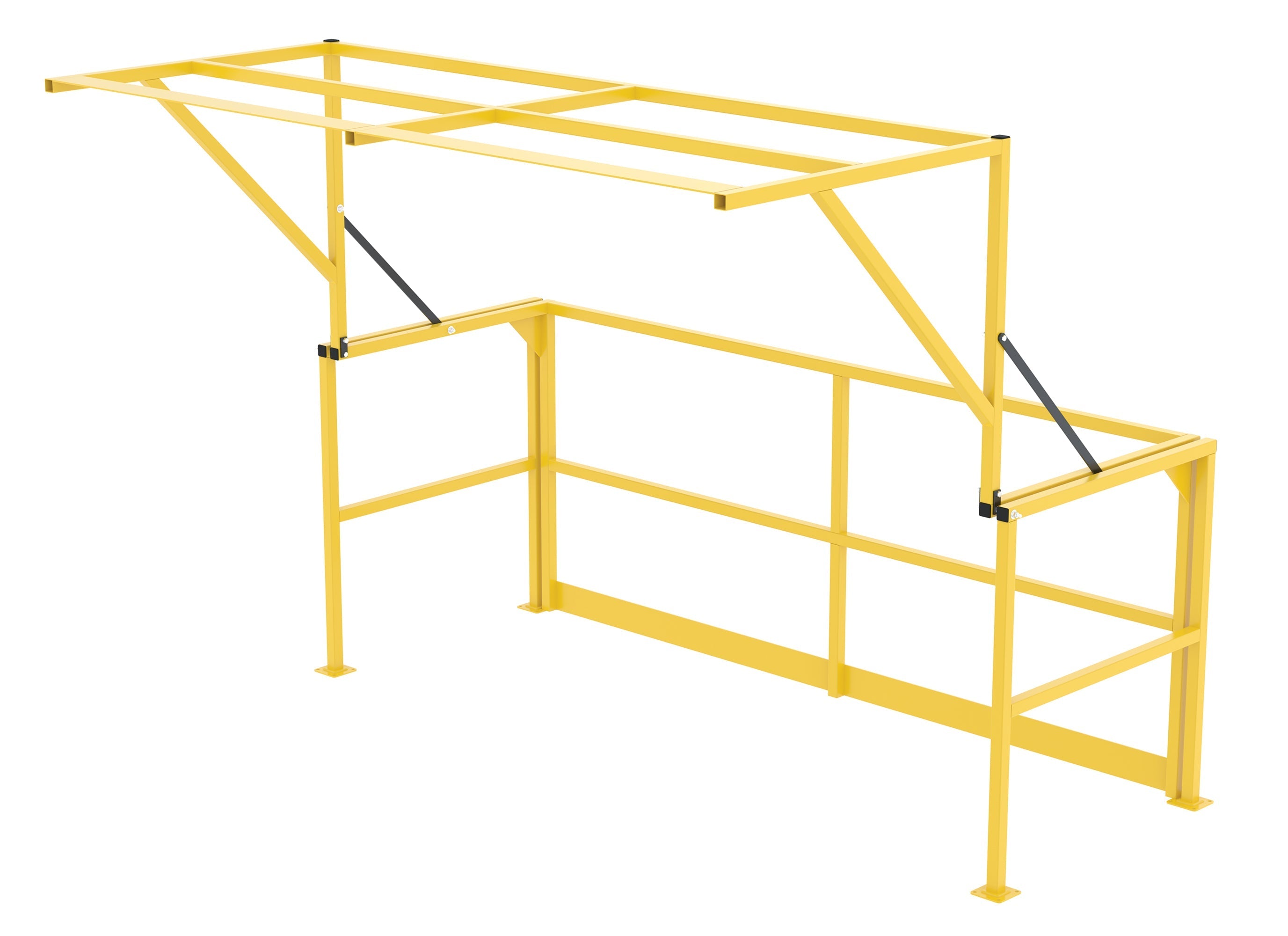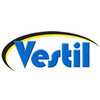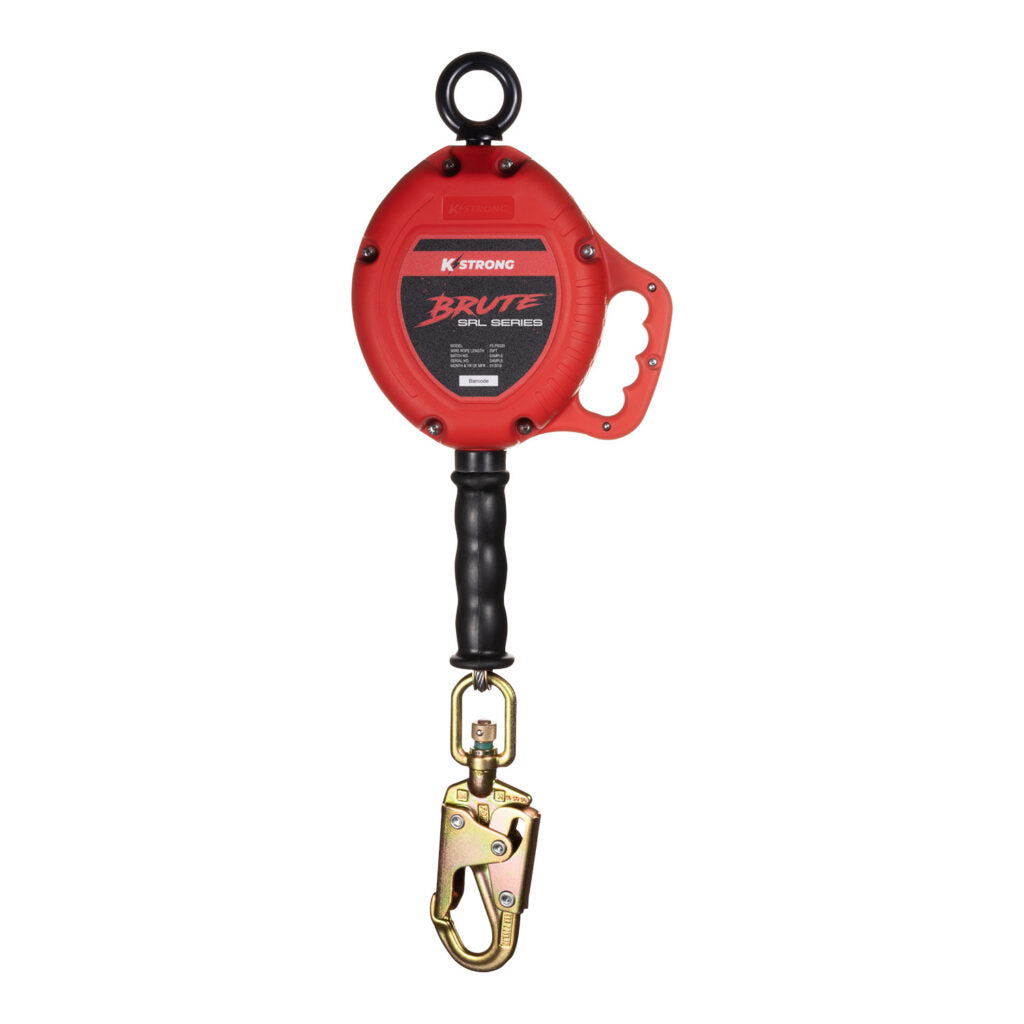If you are in an industry that requires you to lift and lower heavy loads without the aid of machinery, you will have likely heard of or seen a lever hoist. However, you also may have never come across one and are now facing a project where you've been told you need one.
You should always have the opportunity to be fully informed of a product, whether it's lifting equipment or not or from Lifting Equipment Store USA (LES USA) or not before you purchase it and use it on your business. Especially with lifting equipment, the variations of products and applications for equipment such as lever hoists can have its challenges that can lead to easy misunderstandings which can have a costly knock-on effect.
That's why in this article, you're going to get an overview of what this piece of equipment is, how you can effectively us it, and the safety measures you can take to ensure safe and effective use.
If by the end of the article you require any more information or advice about this particular piece of lifting equipment or anything that might accompany it, then please contact a regularly trained member of the LES USA team so you can get the product that's right for you.
 WHAT IS A LEVER HOIST?
WHAT IS A LEVER HOIST?
This great piece of gear is also known as 'Come-a-longs' and belong to the family of manual hoists.
This piece of high-quality equipment used to lift and lower heavy loads without the aid of machinery.
It gives you the ability to lift items in various positions, even horizontally.
Different from the Chain Block or Hoist, which can only lift loads vertically, this lifting equipment has the ability to lift items horizontally which gives you a great benefit that you can't get from others.
You can expect to find this innovative lifting solution being commonly used for tensioning utility lines, cables, moving machinery, and holding items in a required position. However, this isn't the only place they can be used, as the equipment is versatile in its use so that you can use it in a variety of situations to lift loads, providing it is within the model's capacity.
EXAMPLES OF LEVER HOISTS
You've now got a solid understanding of what this lifting product is, how they work, and common places you will find them in action. However, you might be thinking "sounds good, but I've still got questions on how the equipment works and the applications different ones have".
No problem as that's why you can see below examples of the different types of this product there are. We know it can sometimes be easier to understand the applications when you're looking at a specific example.
You can check out the full range and get more details on each example on the LES USA site under the Lever Hoists (Come-a-longs) section and please contact an experienced member of the LES USA team if you would like to discuss add-ons or customizations to your product.
THE CM MINI RATCHET
This piece of gear is small in size and ideal for everyday toolbox use on-site and at your workshop. It comes with a handy carrying pouch for easy storage and transport.
This is an example that will be a great fit for you if you need something that is lightweight, robust, and usable in confined spaces. You can use this model to lift anything from 550Lbs through to 1,100Lbs (1/4T or 1/2T) at a lift range between 5-10ft.
THE CM 653A SERIES RATCHET
This is a great product for you to have in your lifting equipment armory if you deal in a compact space as it is easy to use in sections that might have tighter headroom and shorter handle while having the capability of a 360-degree rotating handle.
With lifting capacities going up to 6Tons, this version features an industrial-grade plastic, and comfortable, handle grip that has been secured to prevent accidental sliding off.
THE CM TORNADO 360 RATCHET
This innovative Tornado 360 Ratchet Lever Hoist features a unique Sidewinder™ lever with a fold-out handle so that it provides you with a positive clicking indication, easy change of direction, and free chaining for your lifting, tension, and pull procedures.
This particular piece of lifting equipment can help your team achieve more due to the 360˚ operation which also reduces the risk of operator injury, making it a great option for heavy lifting, great safety, and improved project efficiency. You can lift up to 10Tons safely and securely from a standard lifting height of 5ft with this unique, innovative, and versatile lifting tool.
 HOW YOU CAN USE ONE
HOW YOU CAN USE ONE
When you've decided on the version you need, it's important that you know how to use the equipment so you minimize the risks of using the equipment in the workspace.
We've put together a 7-step guide to follow when you're using this piece of equipment to ensure you and your team know the hazards with the aim to avoid any personal, property, or goods damage.
- Fit the pull lift to a suitable and secure anchor point
- Pull a required about of chain to reach the load
- Attach the load making sure it is evenly balanced and secure
- Set the lever switch to up
- Crank the lever (up then down)
- To lower the load, put the lever down then crank and the load will lower
- Only when the load is lowered, can you release the chains
SAFETY POINTS TO CONSIDER
At LES USA, total customer satisfaction is the focus point ensuring that you get the most value from the products you use and are safe when you use them.
That's why we wanted to highlight to you the health and safety points to consider before you use these powerful and effective tools so you know how to use them effectively while keeping your team and any personnel on-site safe at the same time. Not just to avoid personal injury but also property and goods damage.
- Inspect your equipment before using (do not use damaged equipment)
- Make sure the load is secure before lifting
- Do not attempt to repair yourself
- Only lift appropriate loads (do not exceed the capacity)
- Do not allow anyone under a suspended load
- Make sure any accessories are complementary to the version you have
- Inspect your equipment before using (do not use damaged equipment)
- Make sure the load is secure before lifting
- Do not attempt to repair yourself
- Only lift appropriate loads (do not exceed the capacity)
- Do not allow anyone under a suspended load
DO YOU NEED A LEVER HOIST?
You now have an understanding of what lever hoists are, different variants of this piece of lifting equipment, how you can use one effectively, and the safety points to consider when using. You might still be wondering how you can use these innovative pieces of lifting equipment for your unique situation and business.
If this is the case, or you're wondering something completely separate such as what other lifting products accompany this product for a wider project, please contact an experienced member of the LES USA team today where you can get all the answers you need with the goal for you to make the correct purchasing decision.






















